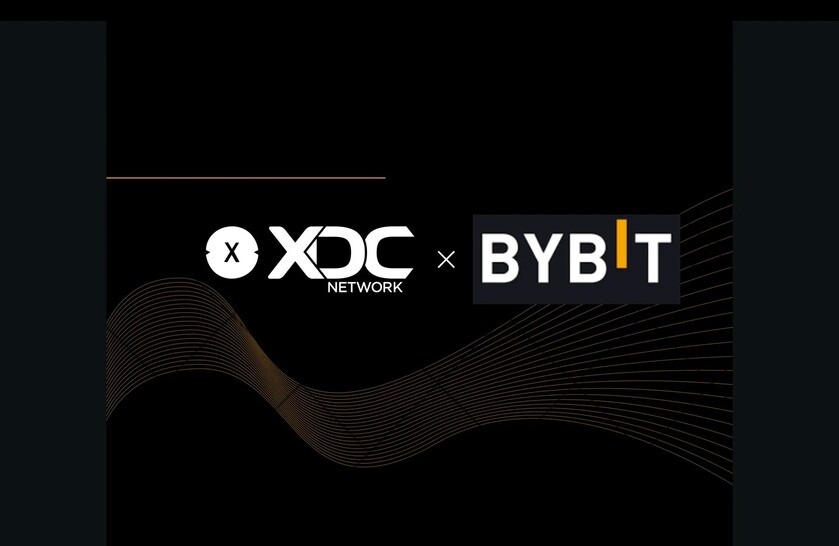Yesterday, the UK Treasury and the Bank of England announced that a state-backed digital pound is likely to be launched later this decade, but it will not be built until at least 2025.
The Treasury and the Bank of England are set to formally start a consultation for the digital currency today, with both institutions wanting to ensure the public has access to safe money that is easy to use in the digital age.
Whilst the digital currency might utilise blockchain technology like many cryptocurrencies, the Treasury says that the value of the digital pound will always be worth the same as £10 in cash.
Chris Ford, Head of Government Affairs EMEA at R3, comments: “The Treasury’s plan to investigate the design of a digital pound is a significant moment for our cutting edge fintech sector and demonstrates the UK government’s serious intent about putting technology at the heart of our financial services industry. Regulated CBDC, built on distributed ledger technology, can enhance efficiency across our financial market infrastructure and solve real problems that have held us back for decades.
“Following last week’s proposals to regulate crypto assets, it is clear that the government sees DLT as a core pillar through which it can drive financial innovation. Amidst rising competition from Europe and elsewhere, the application of blockchain and related technologies will be key in ensuring the UK retains its status as a global hub for financial services.”
What is the UK’s most popular payment method?
According to UK Finance’s Payment Markets Report 2021, debit cards were the most used payment method in the UK in 2021, accounting for 48 percent of all payments. Contactless, specifically, accounted for almost a third of payments in the UK, a rise of 36 percent on 2020’s figures.
Although the number of cash payments fell by 1.7 percent in 2021, cash remained the second most commonly used payment method, used for 15 percent of all payments in the UK.
According to the report, Faster Payments overtook Bacs Direct Credit as the payment method most frequently used by businesses in 2021.
Would a digital pound be popular?
With the growth of contactless payments and a gradual decline in using cash in 2021, it appears likely that the shift to digital payment forms will continue, particularly as the UK becomes more digitalised. Although, cash use increased for the first time in more than a decade in 2022 as a result of the cost of living crisis because it allows people to better track their spending.
Countries like El Salvador have allowed cryptocurrencies to be used as legal tender, so there appears to be a demand for alternative payment methods. Of course, this doesn’t necessarily translate to a digital pound as it would not be subject to the same volatility as cryptocurrencies.
Bank of England governor Andrew Bailey has also said the digital pound would provide a new way to make payments, help businesses, maintain trust in money and better protect financial stability. So, if a digital pound can be proven to provide all of those things, who’s to say it wouldn’t become popular, provided cash doesn’t continue to make a comeback?



























